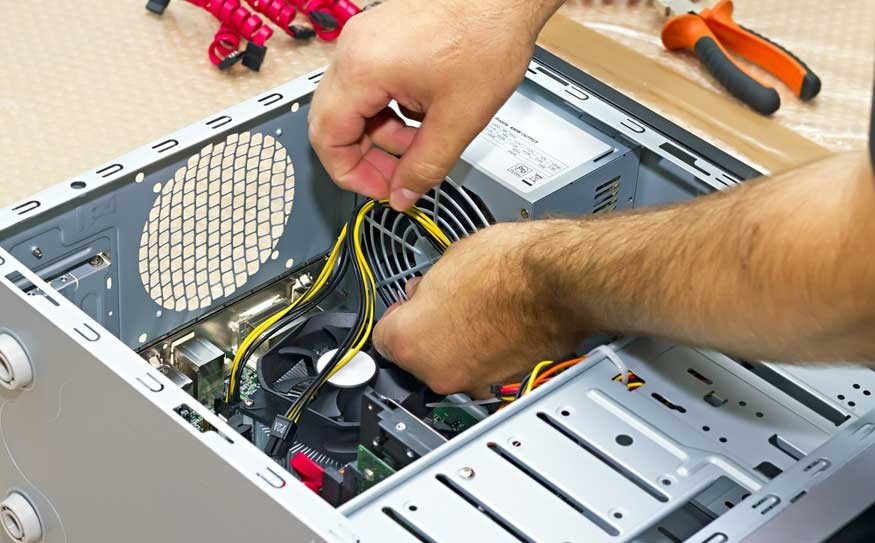For some reason I still can't fathom why Dell cancelled its line of Zino HD mini computers a few months ago, right about the time I was planning to cut the cable for good and go 100 per cent digital. Picture a Mac Mini for about half the price, with customization options ranging from i7 processors to 2TB drives to Blue-ray players. It had every port you could ever need or want to hook up televisions, computers, projectors, external hard drives, memory sticks, etc. A few fringe companies are still making small-form media PCs but not at a price point that makes them all that compelling.
My newest plan is to create a home server that my wife and I can use to back up our laptops and to pool our media files — movies, photos, music — and buy a few Roku or Boxee streaming players for televisions upstairs and down. Windows Media Centre and the ability to create a wireless local network using Windows will take care of the rest.
Setting up a home server is actually a long-term project for me that could involve some construction but there are a lot of ways to go about it.
The cheapest way, available to both PC and Mac users, is to use the software provided in your operating system to set up a home network that links your computers to a computer that's always on and has a huge hard drive. Roku players and Apple TV can bridge the gap between your computers and your television.
Windows Media Centre is also pretty incredible for linking computers, and you can even set up your Xbox 360 to play along. All you really need for it to work is a wireless router, which most homes already have, and possibly a wireless repeater or wireless booster to extend range through your house. The cheapest options for repeaters/boosters are around $40 although you can go up to $200 if your house is huge. Visit www.lifehacker.com and search for an article titled "Set Up an Awe-inducing Media Center this Weekend" for tips.
Of course, if you want the highest speeds without blanketing your house in microwaves then the best route is always to hardwire your home and install Ethernet ports everywhere you need them — an added cost most people won't want to take on but if you're already renovating floors and baseboards then I highly recommend this.
Another cheap option for linking your computers to a home server is to get yourself a Pogoplug (www.pogoplug.com), which creates a kind of "cloud at home" experience. All you do is plug your Plogplug into your modem/router and a hard drive into Pogoplug and you'll be able to access the hard drive from other computers and gadgets — although according to the forums it's tricky to set up with your Roku or Apple TV (people have done it but none of the workarounds are perfect or will work without some effort on your part). Pogoplug is also not a great way to back up computers and the fact that you access it through the Internet can use up your bandwith.
The best overall solution is to install an actual home server. You can buy one for relatively cheap (around $600 for an HP MediaSmart server) that will come with server software already installed, but the cheapest option is to use software to turn a desktop PC into a dedicated file server. There are a lot of online guides how to do this at eHow and on YouTube, just look for one that best fits your needs.
Any old desktop will do as long as it has a reasonable amount of storage, which is the whole point of the home server. It will connect to your modem via Ethernet which means speed isn't a huge consideration. It also doesn't require a lot of processing power simply to archive files and it doesn't need a graphics card.
If your home server option doesn't come with software then there's a good free option called FreeNAS (www.freenas.org) that you can download or burn to disk and install. Once installed, every computer and device in your house should be able to connect to your server wirelessly or through your ethernet network, whatever operating system you're using. FreeNAS includes its own backup software and if you install a second hard drive in your desktop then you can get another layer of redundancy protecting your files.
There are a few things to consider: Your home server will be running 24/7, so placement is important — this isn't something you want whirring away all day in your bedroom or living room, adding noise and heat. Some people do stick them in closets, but in that case you're going to want some kind of separate ventilation system so your server doesn't overheat.
It's also going to add to your power bill, so the newer the desktop the better as they generally have smaller circuitry, more efficient fans and hard drives, and much lower power requirements.




